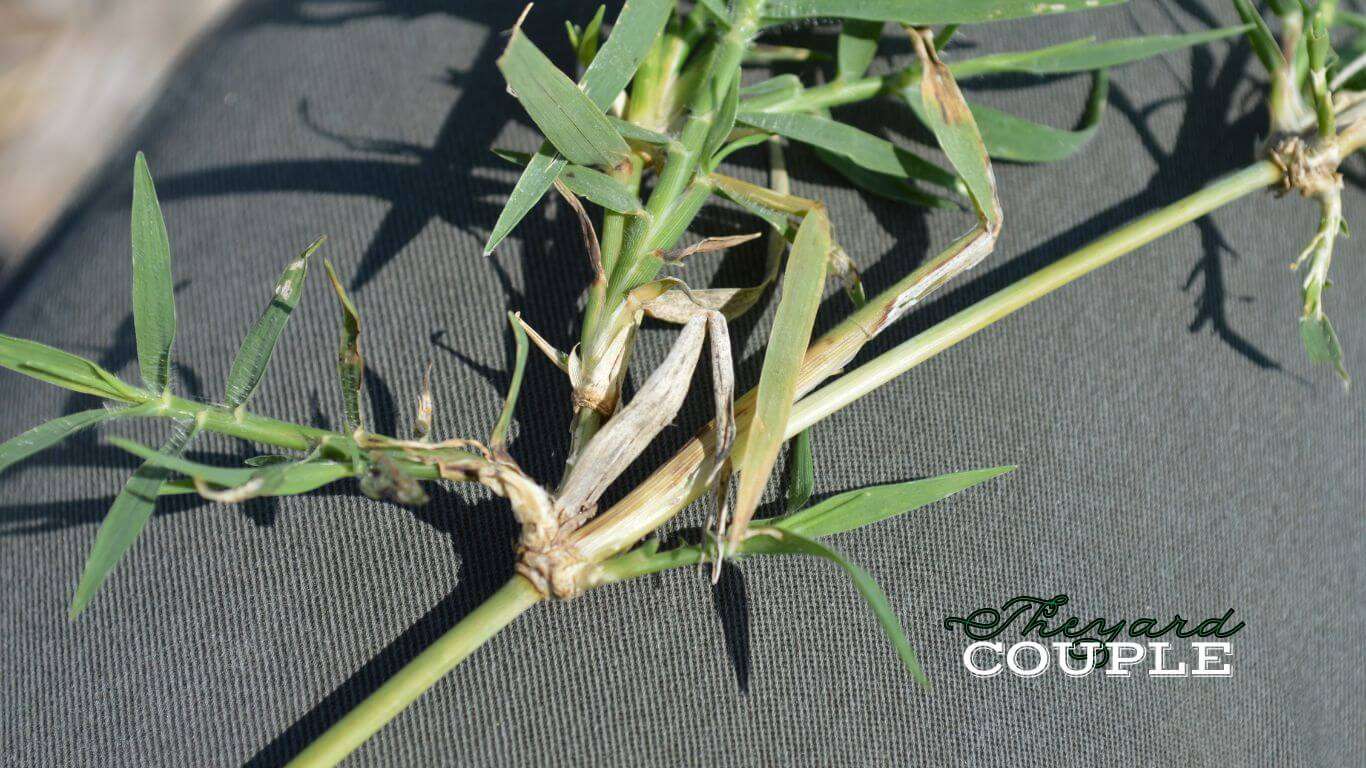Bermuda grass is a popular choice for lawns and pastures due to its durability and lush green appearance. Understanding how Bermuda grass spreads is essential for promoting healthy growth and managing its spread in undesired areas. This article will explore the various mechanisms by which Bermuda grass spreads, different varieties of Bermuda grass, and tips on making Bermuda grass spread quickly. But first, how does Bermuda grass spread?
Bermuda grass spreads primarily through vegetative reproduction methods (rhizomes and stolons), which are underground and above-ground stems that grow horizontally and produce new shoots and roots at their nodes.
Additionally, Bermuda grass can spread through seeds, although this method is less common. Combining these mechanisms enables Bermuda grass to cover large areas quickly and form a dense, resilient turf, making it a popular choice for lawns, sports fields, and pastures.
Mechanisms That Help Bermuda Grass Spread

Bermuda grass spreads through a combination of vegetative reproduction and seed dispersal. Here are the primary methods:
Rhizomes
Rhizomes are underground stems that grow horizontally. They produce new shoots and roots at nodes, allowing Bermuda grass to spread below the soil surface. This method is highly effective in creating a dense and resilient turf.
Stolons
Stolons are above-ground stems that also grow horizontally. These runners form new plants at the nodes when they come into contact with the soil. Stolons enable Bermuda grass to spread quickly over the surface, making it ideal for covering large areas rapidly.
Seeds
Although less common than vegetative methods, Bermuda grass does spread through seeds. The seeds are dispersed by wind, water, and animals, contributing to the grass’s ability to colonize new areas. Seed dispersal is particularly important for establishing Bermuda grass in new lawns or pastures.
Bermuda Grass Varieties
There are several varieties of Bermuda grass, each with unique characteristics that influence their spread and suitability for different environments.
Common Bermuda Grass
This variety is known for its aggressive spreading habit through rhizomes and stolons. Common Bermuda grass is drought-tolerant and thrives in full sunlight, making it a popular choice for lawns, sports fields, and pastures.
Compare: Growing Shade-Tolerant Bermuda Grass
Hybrid Bermuda Grass
Hybrid varieties are created by crossing different strains of Bermuda grass to enhance specific traits such as disease resistance, texture, and color. These hybrids generally spread vegetatively and are preferred for high-quality lawns and golf courses.
Dwarf Bermuda Grass
Dwarf varieties have shorter growth habits and finer textures. They spread more slowly than common Bermuda grass but provide a dense and attractive turf. Dwarf Bermuda grass is often used in residential lawns and ornamental landscapes.
Tips for Making Bermuda Grass Spread Quickly
If you are looking to establish a lifelong lush and uniform Bermuda grass lawn, here are some tips to encourage rapid spreading:
Water Properly
Consistent and adequate watering is crucial for promoting how Bermuda grass spreads. Water deeply and less frequently to encourage deep root growth.
Fertilize Your Grass
Applying the right fertilizer (pictured above ⬆) at the right time can significantly enhance how Bermuda grass spreads. Use a balanced fertilizer with nitrogen, phosphorus, and potassium to support vigorous growth.
Mow Rightly
Mowing at the correct height is essential. Keep Bermuda grass at about 1 to 2 inches tall. Regular mowing stimulates growth and encourages the grass to spread more evenly.
Aerate Your Lawn
Aerating the soil helps improve root penetration and reduces soil compaction, hindering Bermuda grass spread. Aerate your lawn at least once a year.
Overseed
If bare spots are present, overseeding with Bermuda grass can help fill in gaps and promote a uniform spread. Choose high-quality seeds for the best results.
Also read: How to Keep Grass Green
FAQs on Does Bermuda Grass Spread?
Q: How long does it take for Bermuda grass to spread?
A: The time it takes for Bermuda grass to spread depends on several factors, including soil quality, water availability, and temperature. Under optimal conditions, you can expect noticeable spreading within a few weeks.
Q: Does Bermuda grass spread aggressively?
A: Bermuda grass is known for its aggressive spreading habits, primarily through rhizomes and stolons. This trait makes it excellent for covering large areas but can also make it invasive if not managed properly.
Q: Can Bermuda grass spread in the shade?
A: Bermuda grass prefers full sunlight and does not spread well in shaded areas. For areas with significant shade, consider alternative grass varieties better suited for low-light conditions.
Q: Does Bermuda grass spread in cold climates?
A: Bermuda grass is a warm-season grass and spreads best in temperatures between 75°F and 95°F. It becomes dormant in cold weather and does not spread during winter months.
Conclusion
So, to this point, can you say you have the answer to this question: how does Bermuda grass spread? By utilizing its natural spreading mechanisms, choosing the right variety, and following best practices for care, you can achieve a lush and resilient Bermuda grass lawn.
Whether you’re establishing a new lawn or maintaining an existing one, these insights will help you make the most of Bermuda grass’s spreading abilities.



